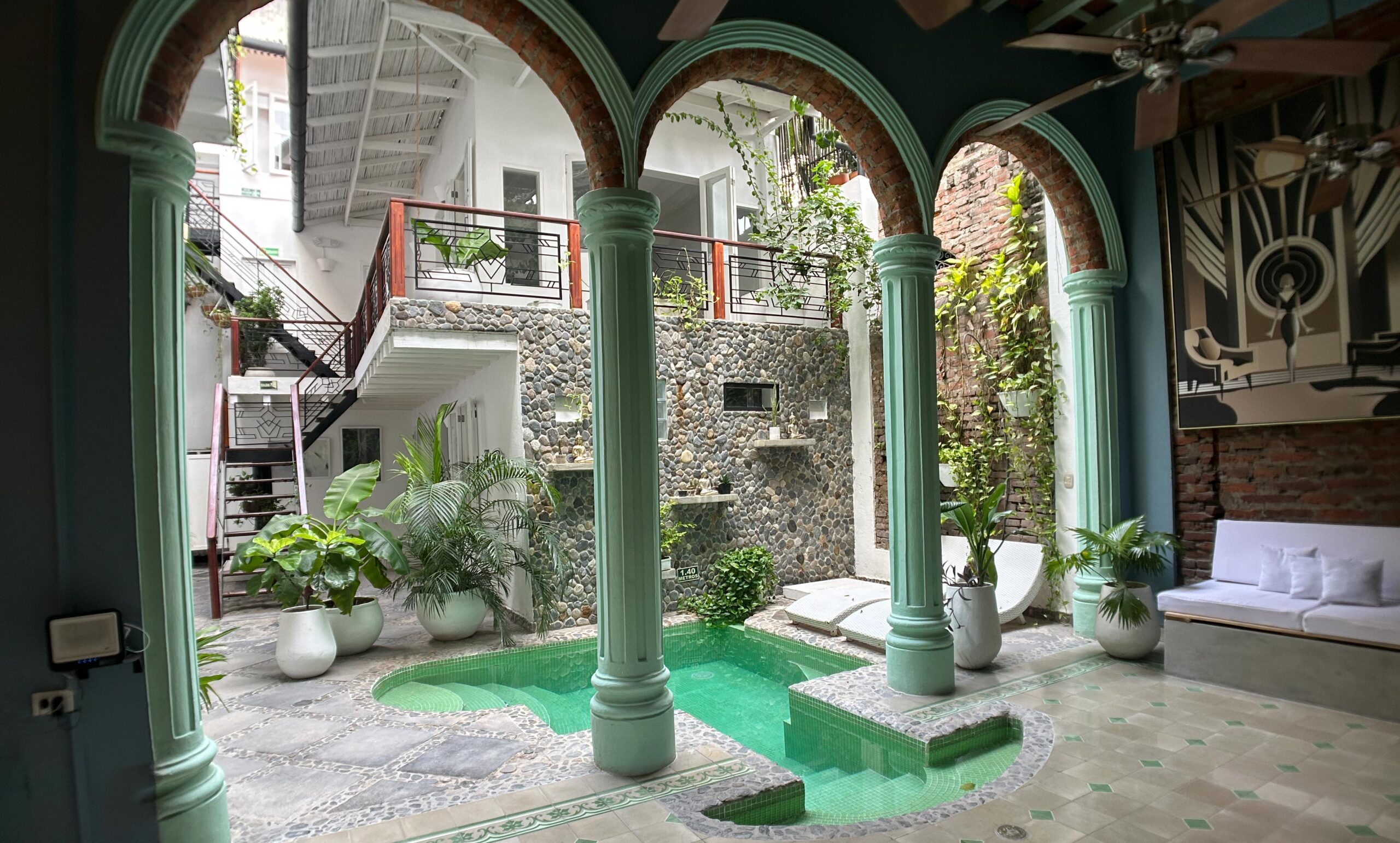
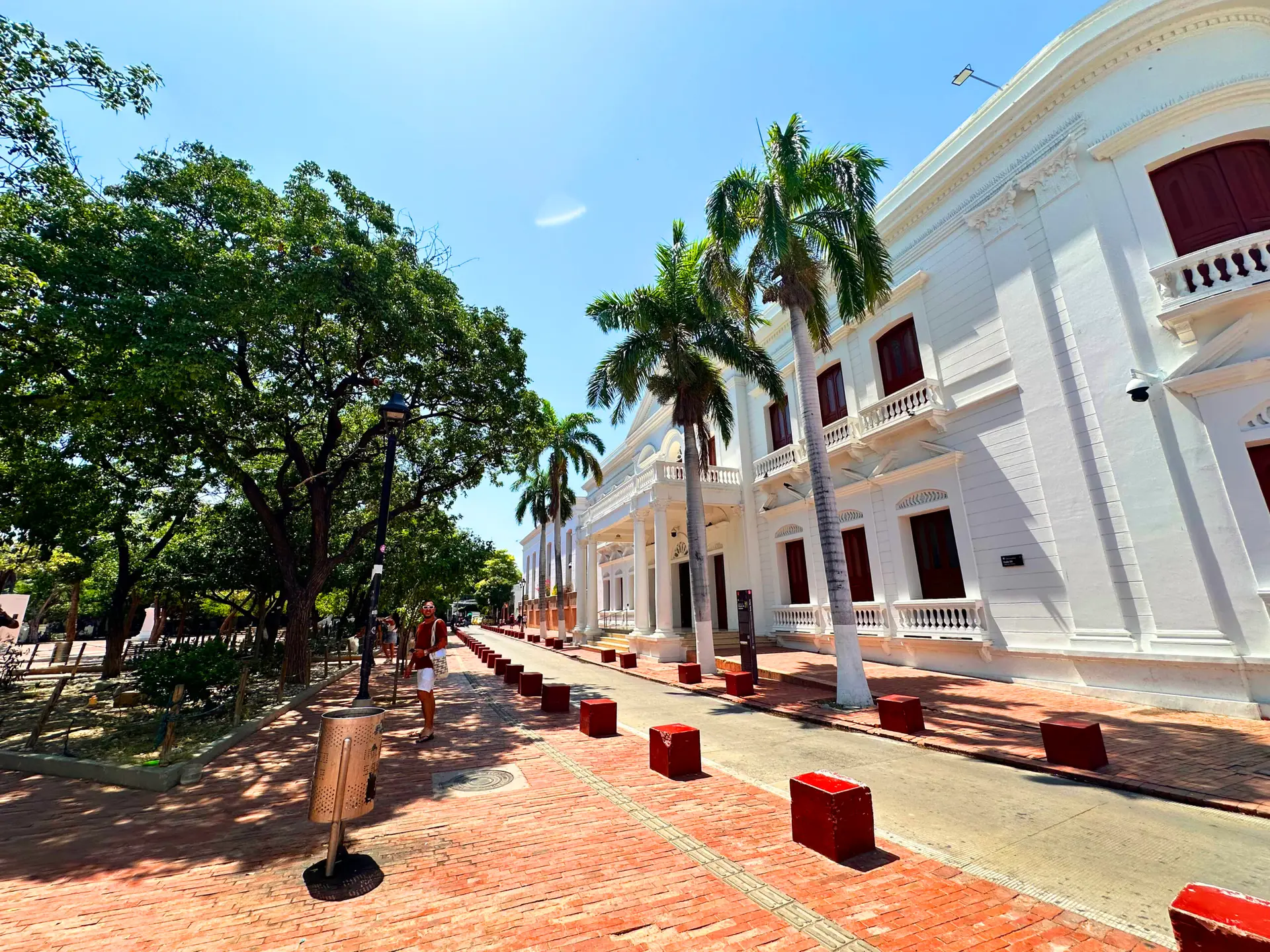
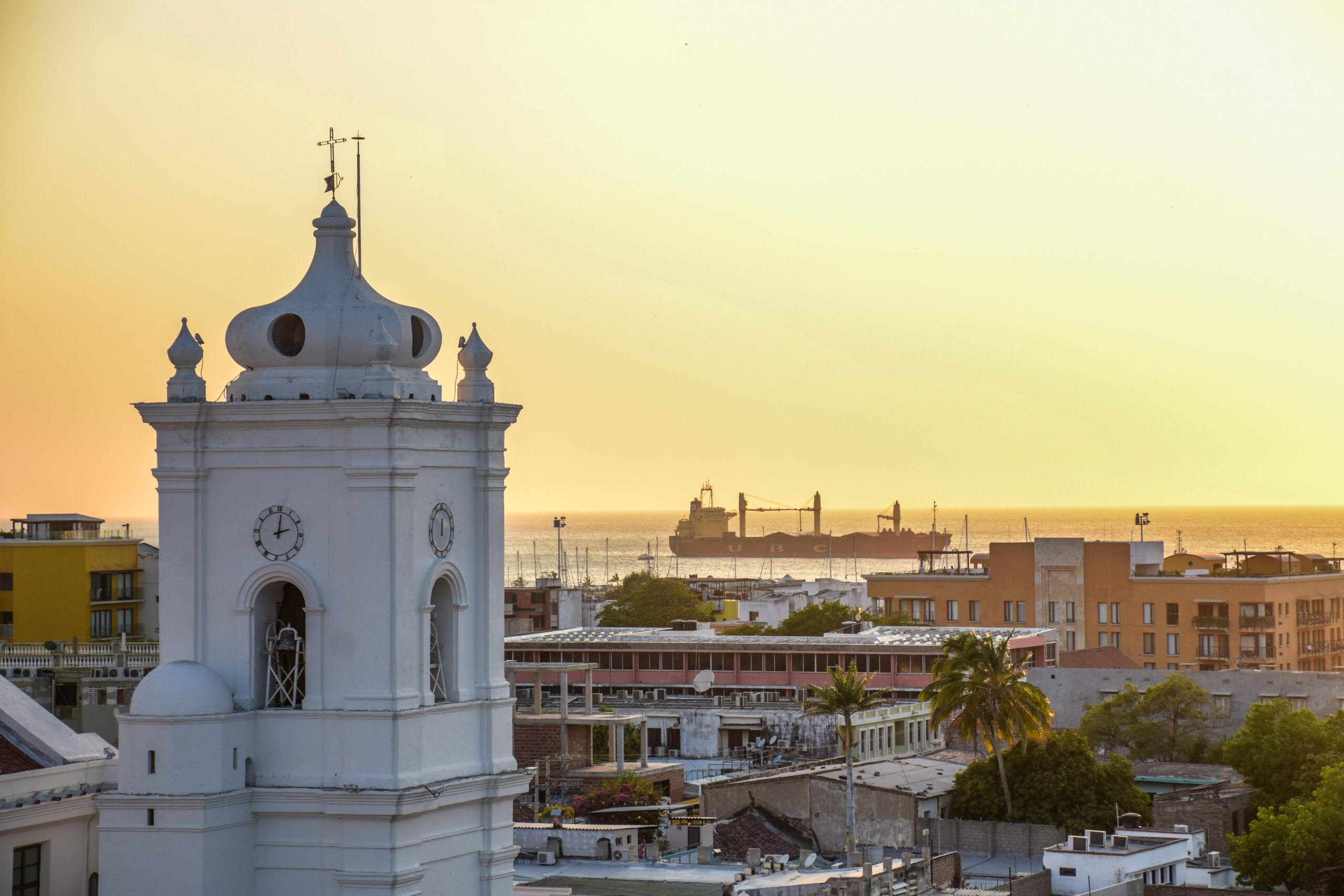

OUR HISTORY
An elegant and intimate former Republican house, where you can rediscover the pleasant sensations of an exclusive vacation.

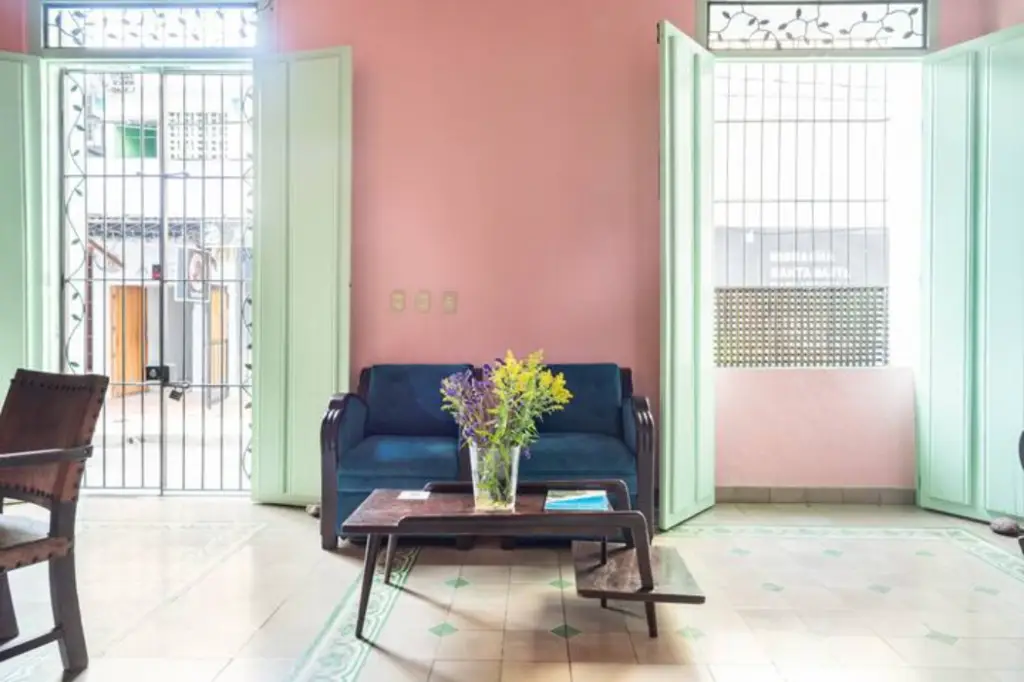
The history of our Casa Verde hotel dates back to 1920, when it was built. It belonged to the Lafourie family, who passed it on to their grandson, Juan Vicente. This building is in the Republican style, with a facade adorned with moldings and a pair of arched columns inside. The ceiling, however, is colonial-style, very high with wooden beams and several layers of clay. During those years, Santa Marta was influenced by the American company United Fruit Company and enjoyed economic abundance. Many of the fleets used by this company to transport their refrigerated products to other parts of the world brought back the latest international trends. The Lafourie family enjoyed these privileges and built this property just one block from the cathedral, on Pozo Street, and a few blocks from the sea. On their trips to Europe, they would bring back the moldings and designs they observed on the other continent and build small palaces in Santa Marta. We recently acquired this house with the vision and idea of restoring it, giving it a unique touch, combining luxury and comfort with a magical experience
where our guests can travel back in time while enjoying all the communities of the modern era. Today, Santa Marta has become an important destination in constant tourist and industrial development. The main characteristics of its territory are the unforgettable landscapes of the green mountains, the yellow of the sun, the blue of its seas, and the contrast of the beaches with the white of the Sierra Nevada. This and many other things make Santa Marta a paradise, an almost obligatory destination. That's why at Casa Verde Hotel Boutique, we want our guests to live the unique experience of being in an oasis in the center of the city. From the moment they arrive at our hotel, they can feel comforted in a magical place characterized by the friendliness of its staff, the connection with nature, and the greenery of the surrounding walls. Enjoy a relaxing, peaceful, and pleasant stay in a place where your experience and stay are our top priority.

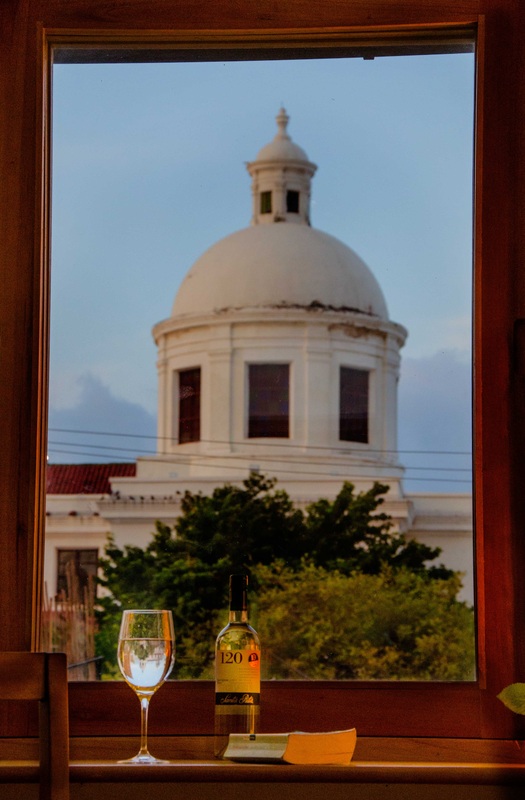
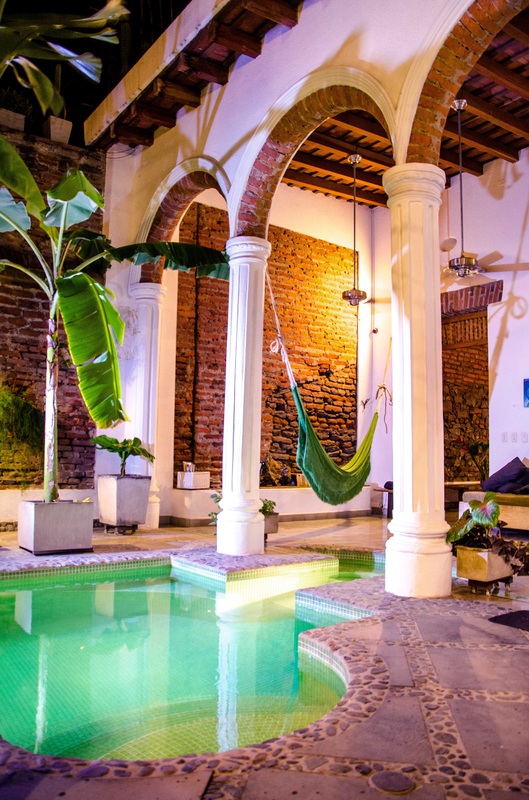
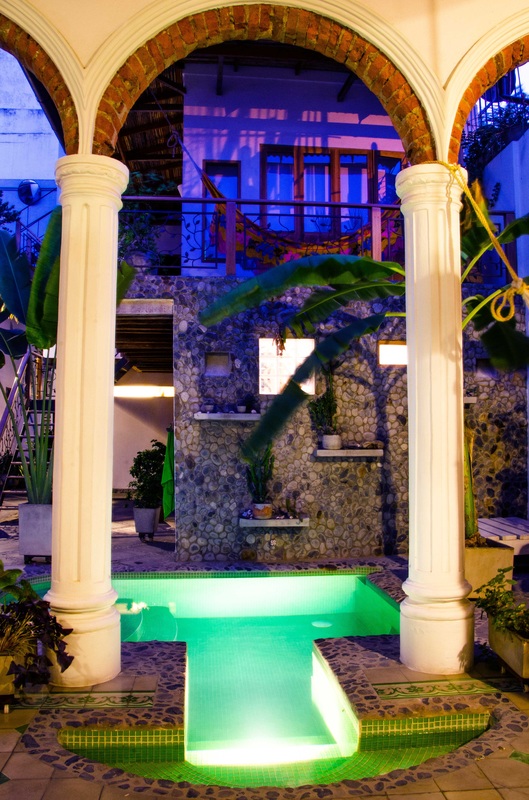

The ancient Santa Marta
A city rich in history, monuments, picturesque corners, and an ancestral spirit.
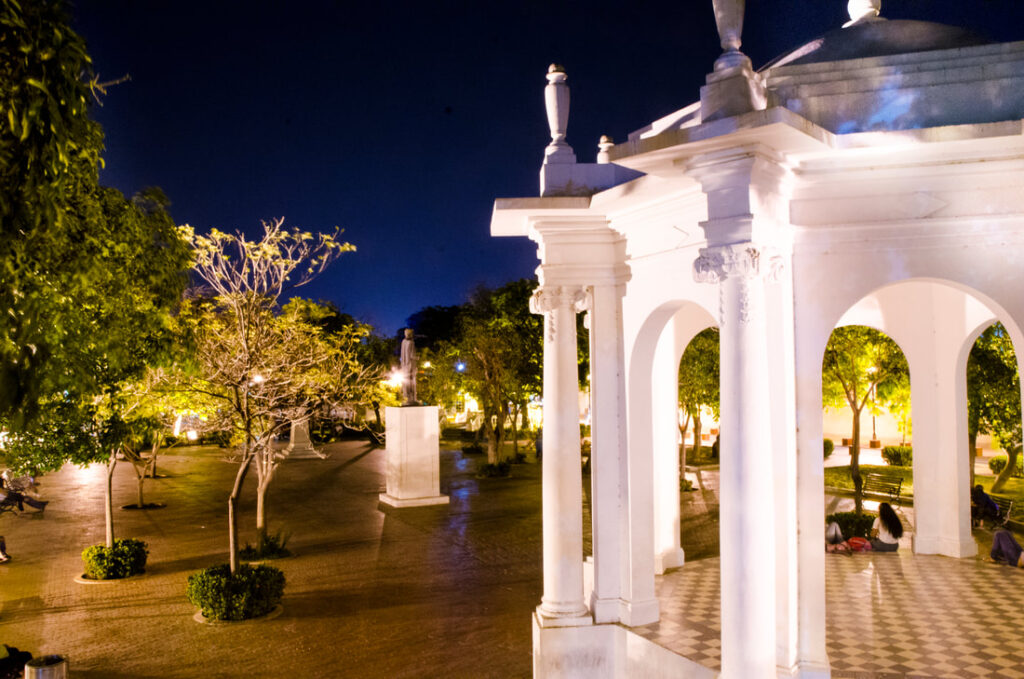
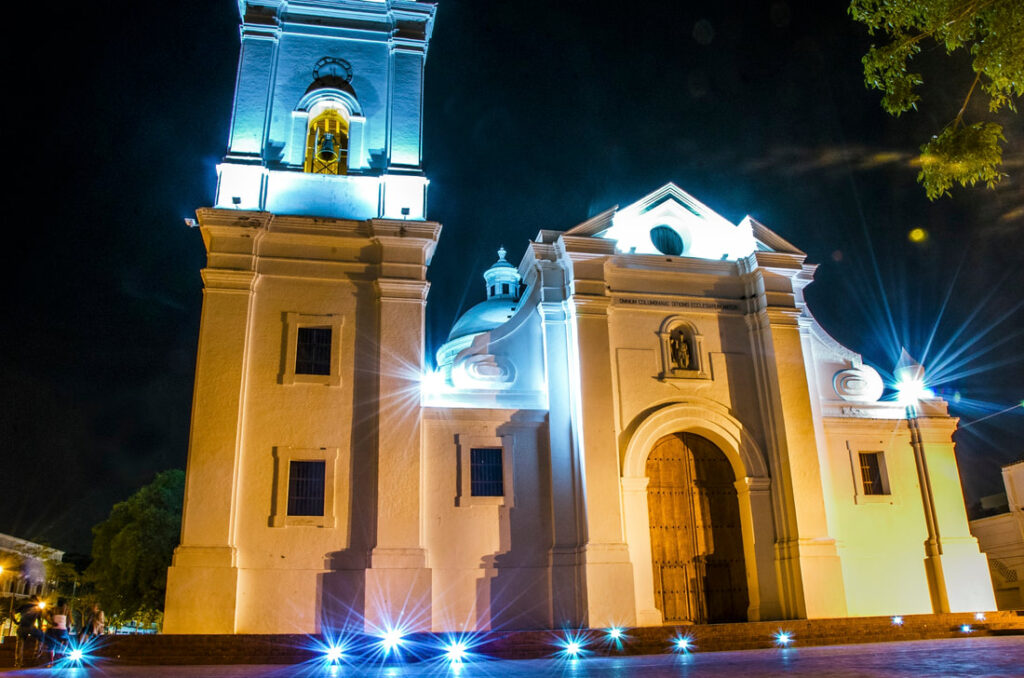
Santa Marta is a magical destination where you can connect with nature, culture, traditions, and history through an unparalleled experience. Santa Marta is the first city founded in South America when a Sevillian arrived, traveling along the Colombian Atlantic coast, to Samaria in 1502. The conquistador Rodrigo de Bastidas established a relationship with the ancient indigenous people of these lands. He ordered the construction of various houses and finally founded the city of Santa Marta on July 29, 1925. He was also the one who named the Magdalena River and the Golfo Dulce del Darién. Thus, this year this beautiful and magical city celebrates 500 years since its founding, and it is an honor for us to remember its historical and cultural evolution. Historically, Santa Marta is a very important city in the Spanish conquest, as it was the bridge between Spain and the New Continent and from which Europeans set out to conquer the rest of the country. Some of these Spaniards were Jimenez
de Quesada, Pedro de Heredia, Suarez Rendon, Pedro de Ursua, and Antonio Diaz Cardoso. At one point, the merchants who lived in Santa Marta left for Cartagena, and that's when English, French, and Dutch pirates sacked the city, forcing its inhabitants to leave for other territories on the Colombian Atlantic coast. The streets of Santa Marta are steeped in history, and we can learn about it by walking through them. At the end of the 18th century, there were only three streets: the Callejón Real (the Fourth Street) and the Calle del Río Grande (the Second Street). Later, it took the name of the seminary alley and later it was known as the barracks alley since it passed by the old infantry command built in 1792. In front of this, the Plaza de Annas was formed, currently the Plaza de Bolívar, because on its northeast side is the Customs house where the liberator of the Colombian homeland Simón Bolívar stayed until the day of his death and was later buried in the cathedral.